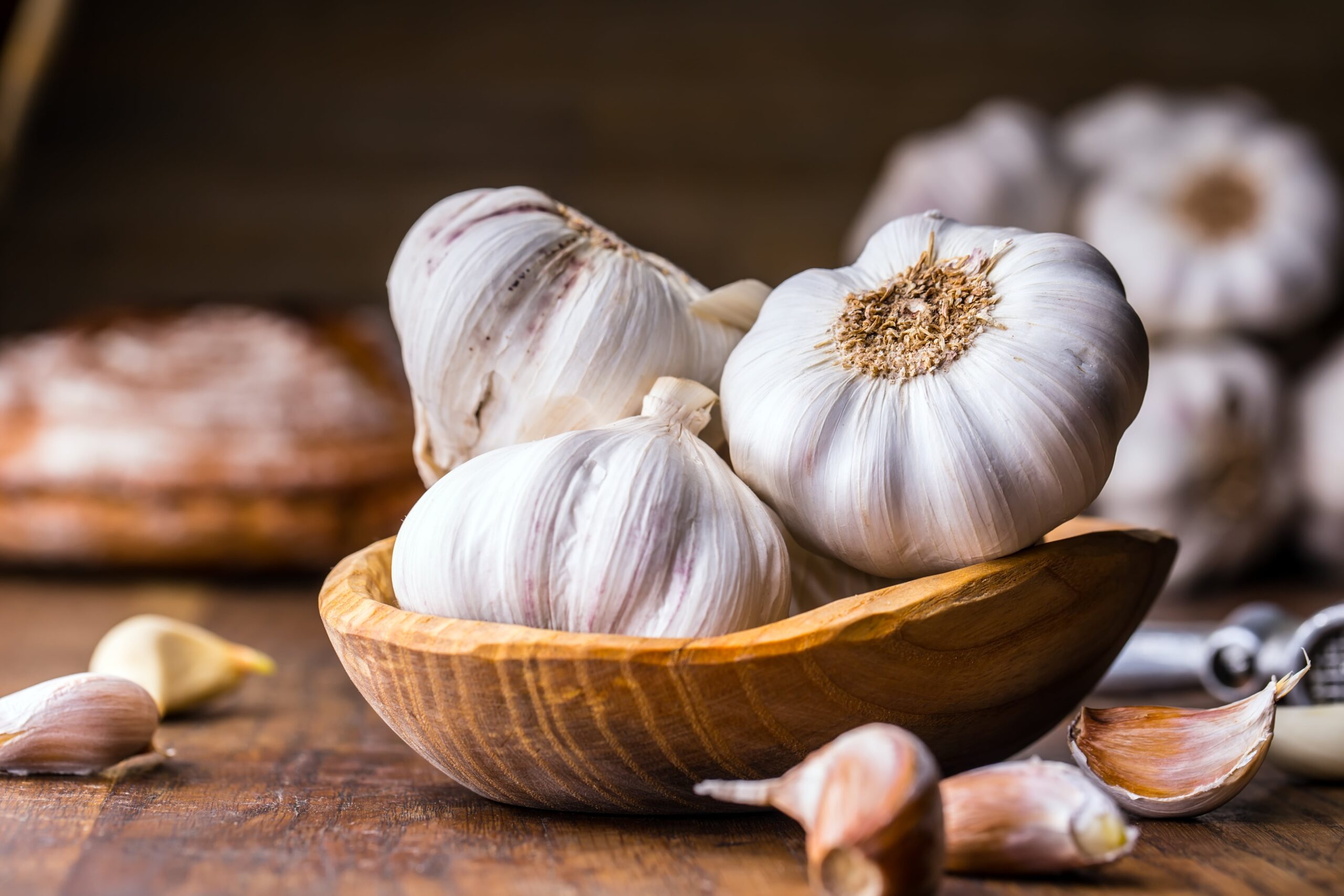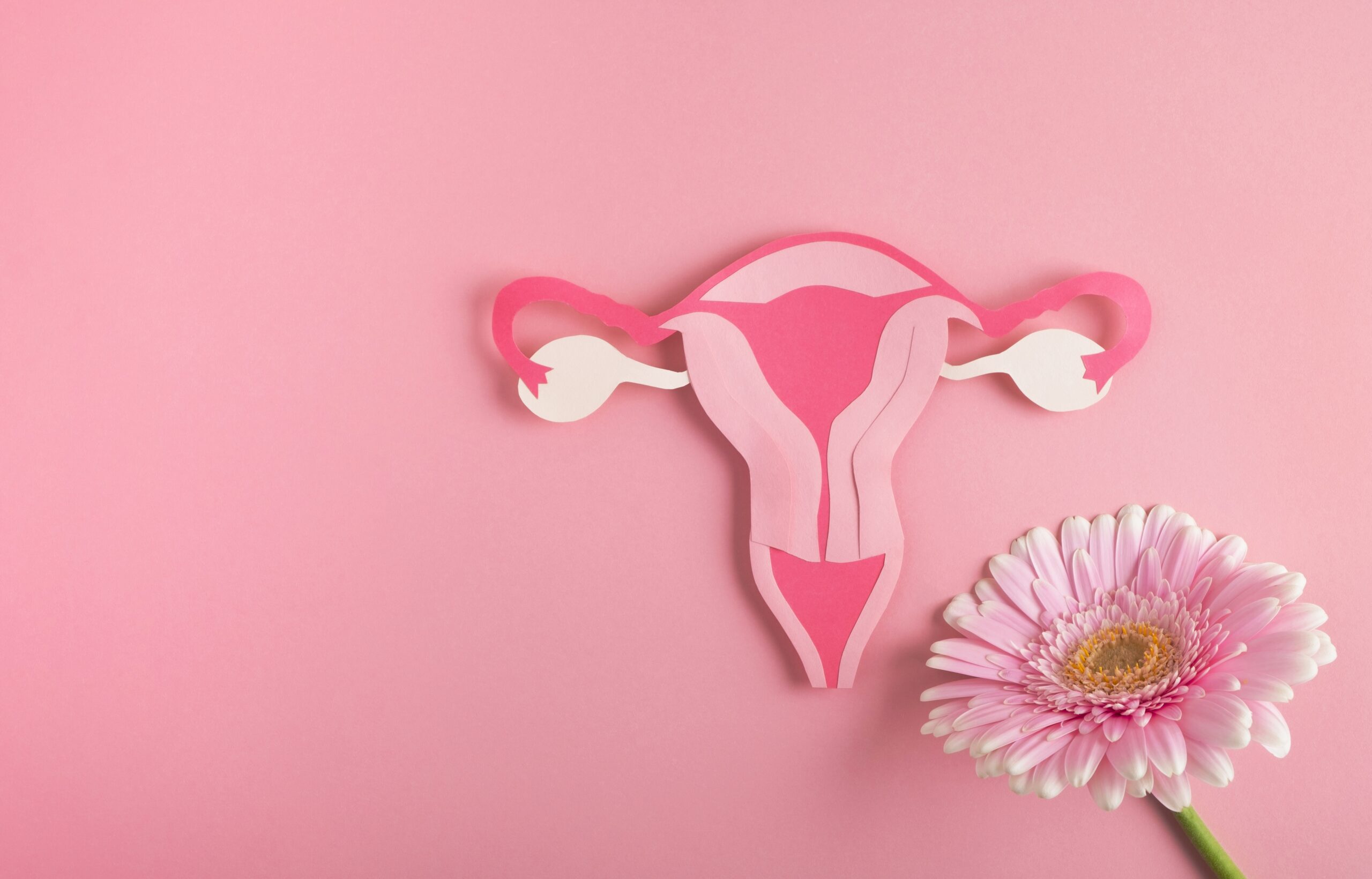“Kapha, pitta or vata? Know your dosha, and these pointers for ayurvedic fertility nutrition” was initially published in The Ribbon Box and is shared here with permission.
Continuing our series with our specialist in Thrive Journey, we’re unpacking dosha types, Ayurveda, and fertility nutrition choices today.
As we’ve covered, relying on a five-question online quiz to work out – and live by – your dosha type is a mistake.
For example, I’m pretty confident my Kapha dominates. Because of this, my cooking will feature an extra garlic clove or two going forward (keep reading for why). But elements of Pitta and Vata are very much ‘me’—they manifest differently.
Keen to get started? First, begin with an authoritative dosha analysis in a one-on-one online consultation with Mani Maran, a Singaporean Vaidyar with over 30 years of experience and Ayurveda specialist at Thrive Journey.
From there, it’s all about your unique profile and which areas to address – potentially which dosha to work on – to boost your fertility.
Digging into 30 years of experience, Mani has set out a few key pointers to get us started with Ayurveda nutrition for fertility—from essential principles to ovulation and egg health specifics, recipes, and more. Let’s dive in.
Ayurveda and fertility nutrition – Mani’s expert Q&A
In Ayurveda, the primary focus is elevating an individual’s overall health to eliminate the root causes of infertility rather than just treating symptoms. This approach paves the way for fertility and enduring and vibrant well-being.
Getting started – pillars and branches to ground your approach.
Ayurveda gives us a comprehensive approach to promote and sustain good health. It encompasses these key modalities, which I’d like to kick off with – see them as your ‘pillars’ to refer back to while building your fertility nutrition and lifestyle approach:
- Correct lifestyle management: Ayurveda underscores the importance of cultivating a balanced daily routine tailored to your unique constitution and needs. Remember, a harmonious lifestyle is a cornerstone of your vibrant health.
- Correct nutrition: In Ayurveda, correct eating is a fundamental pillar of well-being. Embracing nourishing, seasonally appropriate foods aligned with your dosha helps maintain equilibrium.
- Correct exercise: Engaging in the proper form – and amount – of physical activity is vital for maintaining vitality and balance. Ayurveda emphasises exercise tailored to individual doshas.
- Correct therapies and treatments: Ayurveda offers a rich repertoire of therapies – including herbs and oils – to address specific health concerns and promote overall wellness.

These are your pillars. From here, we look at eight specific branches or ‘wings’, each contributing to holistic health management. Two of these branches are particularly significant in the context of fertility.
- Kayachikitsa (internal medicine): This branch of Ayurveda focuses on diagnosing and treating internal diseases, aiming to restore your body’s balance and vitality. It plays a crucial role in addressing underlying factors affecting fertility.
- Kaumarbhritya (gynaecology, obstetrics, paediatrics, etc.): Kaumarbhritya is dedicated to women’s well-being. It covers aspects of gynaecology and obstetrics, among others. It provides specialised guidance and care to support fertility and maternal health.
In Ayurveda, pursuing health is a holistic journey that addresses disease symptoms and any core imbalances within the individual. Ayurveda offers a comprehensive approach to enhancing fertility and overall wellness by harmonising lifestyle, nutrition, exercise, and therapies.
Ayurveda nutrition – what are the essentials?
Ayurveda nutrition revolves around individualisation balance and the concept that food is medicine and nourishment.
Central to this philosophy are the following principles:
- Stabilising the doshas: is a crucial principle in Ayurvedic nutrition. Ayurveda identifies three primary life forces or ‘doshas’ – Vata, Pitta, and Kapha. These doshas are unique combinations of the five elements (earth, water, fire, air, and ether) that govern the body’s physiological and psychological functions. Nutrition in Ayurveda aims to maintain or restore stability to these doshas. Each individual’s unique constitution, your ‘Prakriti’, guides dietary choices to keep these doshas in equilibrium.
- The six tastes—or ‘rasas’: In Ayurveda, a balanced meal should encompass all tastes—sweet, sour, salty, bitter, spicy, and astringent. This ensures a comprehensive nutrient intake and satisfaction of all taste buds.
- Seasonal and local eating: Consuming foods that align with the current season and your local environment helps maintain harmony with nature’s cycles.
- Fresh and whole foods: Emphasis is placed on fresh, entire, and minimally processed foods, avoiding anything that can hinder digestion or introduce toxins.
- Food combining – or ‘virya’: Ayurveda pays attention to the compatibility and potency of food combinations, recognising that certain foods can either aid or hinder digestion when eaten together.
- Digestive fire—or ‘agni’: A robust digestive fire is crucial for efficient digestion and nutrient absorption. This principle underscores the importance of what we eat and how we digest it.
- Proper food quantity and mindful eating: Eating in moderation, being mindful during meals, and creating a calm, distraction-free environment is vital to Ayurvedic nutrition.
- Hydration: We encourage you to drink room-temperature or warm water as regularly as possible throughout the day to aid digestion and overall health.
- Cleansing and detoxification: Periodic detoxification through diet or other Ayurvedic practices helps remove toxins from the body.
- Food as medicine: Ayurveda views specific foods and herbs as medicinal agents. This approach uses food’s innate qualities to address health concerns.
- Dravya guna (and the role of herbs): In Ayurveda, herbs and food are seen through the same lens – all forms of ‘matter’, including food and herbs, contain the five significant elements (wind, ether (or space), fire, water and earth).
- Eating according to your individual needs: We consume food primarily for nourishment. There’s currently a significant trend towards ‘healthy eating’, but it’s crucial to understand that the ‘healthiness’ of food is subjective and looks very different for every individual.
Knowing your ‘vikriti’ (current state of health) and ‘Prakriti’ (inherent constitution) becomes vital.

For example, let’s look at garlic. Widely valued for numerous medicinal properties, garlic is particularly beneficial for those with a predominant Kapha dosha and, to a lesser extent, Vata dosha. However, garlic’s intense ‘fiery’ nature can be detrimental for individuals with a dominant Pitta dosha.
This example underscores the importance of selective and conscious food choices tailored to your unique constitutional needs. The choice of food should be influenced by factors such as:
- Time of day, current season
- Cultural practices (e.g. Western cuisine or Chinese or Indian, etc.)
- All these play a significant role in aligning diet with your health and well-being.
What’s the fertility connection?
In Ayurveda, addressing fertility issues begins with thoroughly understanding your constitution. So read above for my notes on Vikriti and Prakriti, or book an online one-to-one with me in practice with Thrive Journey to understand precisely where you’re at.
This foundational knowledge is the starting point for any corrective and restorative processes. Reducing and pacifying aggravated doshas is vital to improving reproductive health and fostering natural healing.
Each of the three doshas – Vata, Pitta, and Kapha – can contribute to fertility issues, but Kapha is often more prone to causing such problems. This is due to Kapha’s governance over the endocrine system, which plays a critical role in fertility. Hormonal imbalances that impact fertility are directly linked to the endocrine system’s function.
A significant factor contributing to fertility complications is inadequate nutrition and poor eating habits, which lead to ineffective digestion and metabolism. This inefficiency can result in the formation of a toxic waste known as ‘ama’ – an undigested food mass that becomes putrefied due to slow or poor waste elimination.
This toxic accumulation further disturbs the already imbalanced doshas, leading to various symptoms associated with fertility issues, such as cysts, tumours, ovulation issues, and endometriosis.
Ayurveda emphasises the profound connection between nutrition, dosha stability, and fertility. Stabilising your doshas promotes reproductive health, helps regulate your menstrual cycle, and enhances overall fertility.
So, can Ayurveda help regulate ovulation?

Yes, Ayurveda can correct irregularities in ovulation by first identifying your predominant dosha, which may be in excess. Doshas are fundamental to maintaining a balanced and healthy life, as they govern all physiological and psychological functions. The key to health and vitality lies in understanding and managing these Doshas.
Detecting any imbalance as early as possible is crucial because it provides a better chance of correcting ovulation issues. It also addresses other potential health problems, whether or not they’ve started to manifest.
Irregular or disturbed ovulation is often a symptom of an aggravated dosha. The regulation of ovulation and overall reproductive health depends on the functioning and interrelationship of the three Doshas—Vata, Pitta, and Kapha. Understanding one’s prakriti, or natural constitution, is essential in appreciating and addressing each individual’s unique nature.
Ayurvedic treatment focuses on realigning the body and mind, helping them return to their constitutional state. We use tailored approaches, including dietary changes, lifestyle modifications, and Ayurvedic detoxification processes, to return you to your natural Prakriti.
In Ayurveda, we emphasise the importance of individual-specific treatments. What suits one person may not be appropriate for another, especially regarding hormonal balance and reproductive health. So, regulating ovulation in Ayurveda involves a combination of diet and lifestyle choices tailored to your specific dosha. This includes using nutrition, herbs, and stress management techniques to balance hormones and promote regular and healthy ovulation.
And what about egg health itself?
Ayurveda places great importance on egg health. The egg quality is closely related to the health of the reproductive tissues, or ‘shukra dhatu’.
I’ve put together a quick explainer of Ayurveda’s perspective on egg health to dip into, but if egg health is a concern for you, I can work this through with you one-on-one:
The role of Shukra dhatu: In Ayurveda, Shukra dhatu is one of the seven primary tissues that make up the body. It encompasses both male and female reproductive tissues, including sperm and eggs. Shukra dhatu is responsible for fertility, the menstrual cycle, and the overall health of the reproductive system.
Factors affecting egg health: The quality of shukra dhatu – including your eggs – is influenced by various factors, including diet, lifestyle, emotional well-being, and dosha balance. When these factors are harmonious, we clear the pathway to healthy shukra dhatu and optimal egg health.
What should we know about building Ojas?
Ojas, a fundamental concept in Ayurveda, represents the vital essence crucial for the proper functioning of both your body and mind.
The refined form of Prana, the life force, becomes available when all bodily tissues are stable, supporting correct digestion and metabolism. This process transforms Prana into Ojas, enhancing our immune system and boosting reproductive capacity.
Understanding Ojas involves recognising its role as the body’s subtlest and most refined energy, the essence of all bodily tissues, including reproductive tissues. It nourishes and maintains overall health and vitality, contributing to strength, resilience, and a robust immune system. This essence gives the skin a healthy glow and a sense of well-being.
Ojas are paramount in terms of fertility. Healthy ojas are essential for the efficient functioning of reproductive organs, regulation of menstrual cycles, and producing healthy gametes (sperm and eggs). They provide the necessary vigour for successful conception and are vital to reproductive health.
Ayurveda emphasises the importance of living a balanced life to cultivate and maintain healthy Ojas. This includes managing daily and seasonal activities with the right attitude, being responsible for our health and well-being, and continually managing our prakriti (inherent constitution).
Practising mindfulness in every action we take is considered a form of intense meditation and ‘awareness,’ crucial for maintaining the stability and quality of Ojas.
By fostering healthy Ojas through correct lifestyle choices, mindful living, and proper nourishment, we support our body’s natural ability to function optimally, bolster our immunity, and enhance our reproductive health.
And eating for my dosha?
As part of your membership, Thrive Journey offers an extensive list of foods suitable for the three doshas—Vata, Pitta, and Kapha.
Ayurvedic nutrition is deeply rooted in understanding your constitution or dosha. Once we accurately diagnose these pillars, we can determine which foods are beneficial and which to avoid.
Adhering strictly to the recommended foods for your specific dosha is crucial. Timing your meals intuitively is also crucial. Rather than the conventional meal times dictated by the clock, hunger should guide when we eat.
This approach ensures that food is consumed when the body is ready to digest it, reducing the likelihood of toxin accumulation. Eating smaller amounts more frequently can help digestion and minimise the toxin build-up.
Explicitly focusing on fertility nutrition, we use Ayurveda nutrition to tailor your diet according to your individual dosha:
- Vata fertility nutrition: Individuals with a predominant Vata dosha benefit from warm, grounding foods such as cooked grains, root vegetables, and warming spices. These foods help balance the Vata constitution, promoting fertility.
- Pitta fertility nutrition: For those with a Pitta constitution, cooling and soothing food choices like cucumbers, coconut, and mint are recommended. These foods help balance Pitta’s fiery nature, aiding reproductive health.
- Kapha fertility nutrition: People with a Kapha dosha require light, energising foods such as ginger, garlic, and leafy greens. These foods help counteract the heaviness of Kapha, supporting fertility.
Each dietary recommendation is a starting point and should be tailored to your needs and health conditions. By aligning diet with a dosha, Ayurvedic nutrition explicitly supports overall health and enhances fertility, addressing your unique needs as an individual.
My go-to fertility Ayurveda recipes
So many patients and others ask about recipes, so I compiled them in my much-loved Ayurvedic Cookbook.
For just $15, it’s a complete treasure trove (I’m told!). and features my favourite and most-shared recipe for kedgeree, a delicious one-pot Southeast Asian dish that uses grains and spices to pull toxins from the body and heal the digestive tract.
And finally, here are top tips for your dosha, fertility and nutrition plan:
- Vata – maintain a routine, stay warm, and practice mindfulness to calm your Vata.
- To balance Pitta, stay calm, manage stress, and avoid spicy foods.
- Kapha – keep active, embrace warmth, and include pungent flavours to energise Kapha.
Thrive Journey is our absolute go-to for holistic support when trying to conceive (TTC). Their online Fertility Wellness program combines qigong yoga, Ayurvedic nutrition and support, and relaxation techniques with a clinically tested approach to preconception planning.
